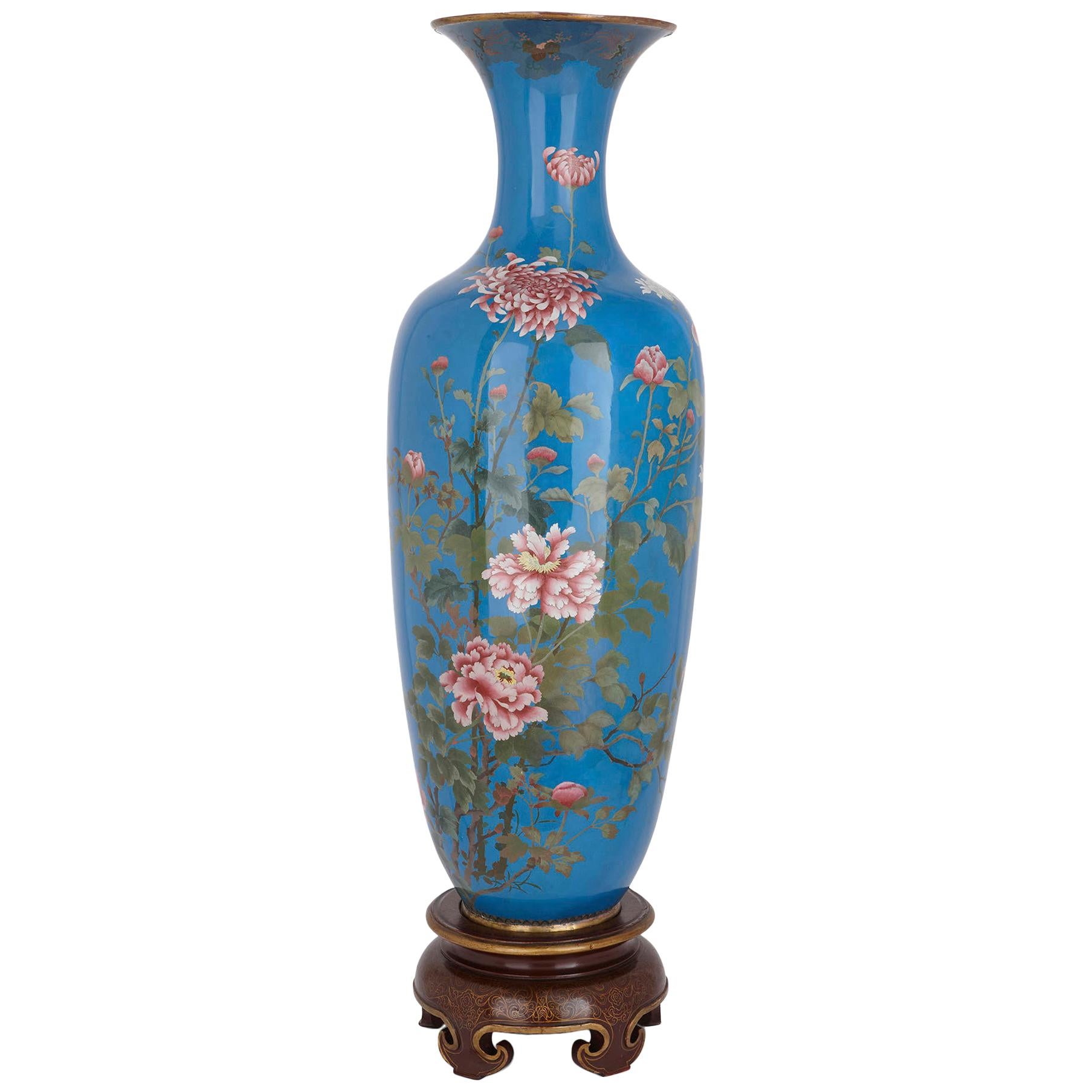
All in Print China is well positioned to make greater contributions to development of the world's printing industry. All in Print China shoulders to lead development of China printing industry and promote its technical upgrading, with the purpose of building an integrated platform for exchange and promotion of the new technology, products and materials in the printing and packaging industry. China's printing industry is accelerating the pace of development featuring "green, digitalization, intelligence, and integration" on its way toward a printing powerhouse. Over the past 20 years, All in Print China has been focusing on the frontier technologies of the world printing industry, not only creating an exhibition platform for the global printing enterprises to promote transaction between suppliers and buyers, but also providing prime opportunities for printing professionals to make international exchanges, and boosting the exchange and dissemination of new technologies, hence being named "the Oriental Window of World Printing Industry".Īll in Print China is committed to providing new opportunities for innovation and momentum for sustained development of printing industry. The exhibition, co-organized by the Printing Technology Association of China, China Academy of Printing Technology, and Messe Düsseldorf (Shanghai) Co., Ltd, has seen eight successful sessions since 2003.

Browse the selection of antique Asian paintings and screens from a variety of styles and eras on 1stDibs.China International Exhibition for All Printing Technology & Equipment (All in Print China) is one of the most influential exhibitions in China's printing industry. Traditional Asian paintings can make a tasteful addition to any wall, and screens can be used as decoration or, in the case of larger iterations, as an aesthetic way to divide a large room. Coco Chanel famously collected Coromandel folding screens.

In the 17th century, screens began to be imported to Europe where their popularity grew. Replaced human hair with silk on their screens, coining. Along with screens for tea ceremonies and dance backgrounds, there were screens for use in Shinto and Buddhist temples. The Chinese would no longer have to use layers and layers of waterproof stencils. These paintings frequently feature subjects such as landscapes, animals, flowers and Buddhist religious themes. Chinese hand painted silk screens are hand painted on stretched silk, with embroidered silk borders. From my own collection I offer this impressive Antique print of the city of Pekkinsa. The practice was introduced to Japan, where paintings for screens were made on paper and silk, in the 8th century. Chinese painting utilizes many of the same tools as calligraphy - these screens were crafted from wood with painted panels featuring striking art or calligraphy that told cultural stories or represented nature and life in the area. The earliest record of screens comes from the 2nd century B.C., and surviving examples date back to the Ming dynasty. The original folding screens were created by Chinese artists. Today, antique Asian folding screens and paintings are sophisticated decorative accents that can serve as makeshift partitions to ensure privacy. Artisans made screens that could be folded up or spread out by connecting several panels using hinges.


Traditional Asian paintings were often created on scrolls and folding screens.


 0 kommentar(er)
0 kommentar(er)
